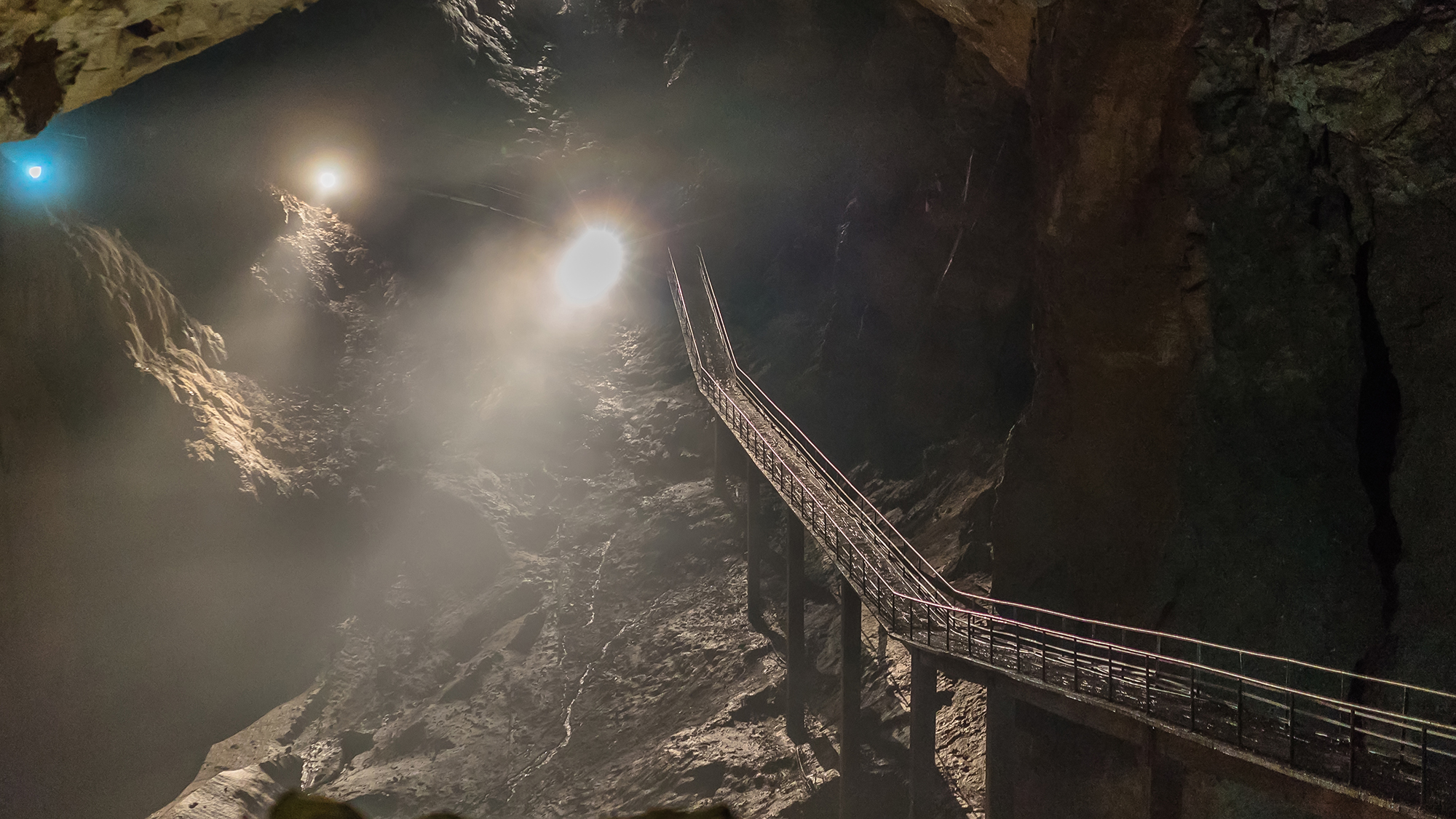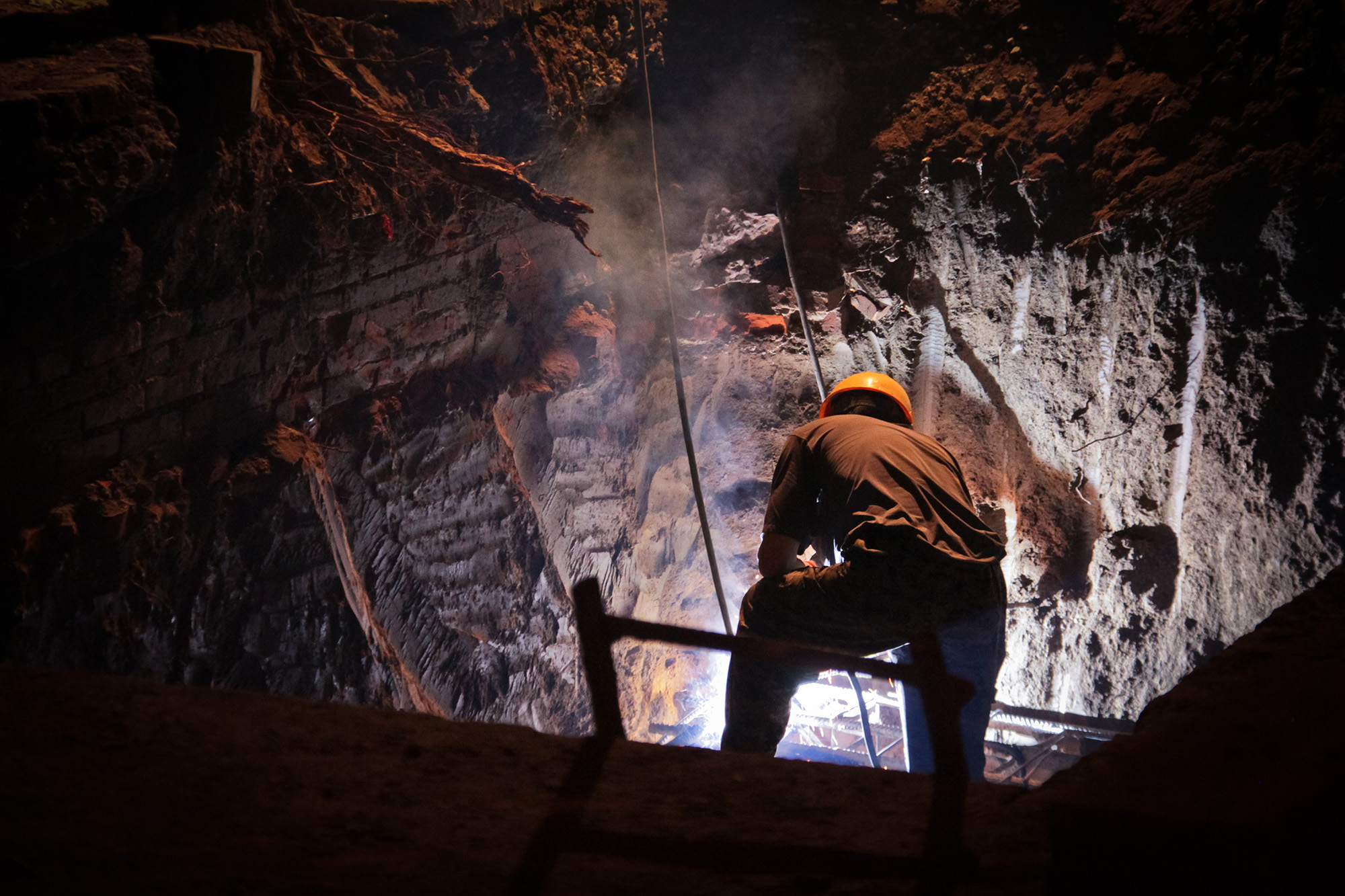
6.1: Modern Techniques for Predicting and Mitigating Coal Bursts
Predicting and mitigating coal bursts are central to their prevention. Modern mining operations employ a range of techniques to forecast and minimize the risk of these events.
One common approach is geotechnical monitoring. By using instruments to track changes in pressure, strain, and seismic activity, mining operators can identify areas of the mine that are experiencing high stress levels. This data can guide mining plans, allowing operators to avoid high-risk areas or implement measures to reduce stress.
De-stress drilling is another common preventative measure. This technique involves drilling holes into the coal seam to relieve built-up stress, reducing the risk of a coal burst. Other strategies include hydraulic fracturing and controlled blasting, which can also help to dissipate stress.
6.2: Safety Guidelines and Regulations to Prevent Coal Bursts
Regulations play a critical role in preventing coal bursts. These can include requirements for risk assessments, the implementation of monitoring systems, and the adoption of specific mining practices in high-risk conditions. Compliance with these regulations is vital to maintain safe working conditions and minimize the risk of coal bursts.
Guidelines and best practices developed by industry bodies and safety experts also play a key role in preventing coal bursts. These can include recommendations for mining layout design, the use of safety pillars, and the adoption of certain mining methods to manage stress. Regular safety training for miners is also vital, ensuring that they can recognize early warning signs of a potential coal burst and respond appropriately in the event of an incident.
In the next chapter, we will take a look at a few case studies that demonstrate successful coal burst management. These real-world examples can provide valuable insights into the strategies and techniques that have proven effective in mitigating the risk of coal bursts.








